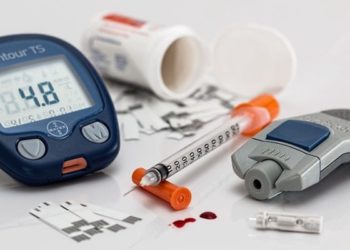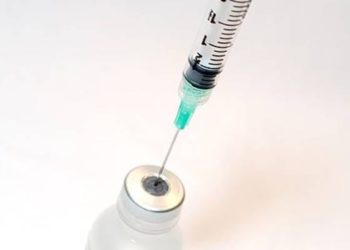Self-measured blood pressure monitoring lowers pressures compared to typical clinical monitoring
Image: PD
1. At 6 months, self-measured blood pressure (SMBP) monitoring resulted in a lower BP compared to BP monitoring at a clinic.
2. The evidence for additional supportive measures used in conjunction with SMBP monitoring (such as educational resources, counseling and behavioral management) is limited and fails to show a significant lowering of blood pressure when compared with SMBP monitoring alone.
Evidence Rating Level: 1 (Excellent)
Study Rundown: Clinical guidelines recommend SMBP monitoring in the management of hypertension; however, there are few evidence-based evaluations for this approach. This systemic review of fifty-two prospective comparative studies suggested that SMBP is associated with a significant improvement in blood pressure as compared with usual monitoring in a clinical setting at six months (mean net reduction -3.9 mmHg systolic and -2.4 mmHg diastolic). The study also looked at the effect of additional supports used with SMBP. Although SMBP monitoring with additional supports was associated with a significant improvement in blood pressure at 12 months compared to usual monitoring, the study failed to show a benefit of these supports used with SMBP monitoring when compared to SMBP monitoring alone. Evidence for blood pressure control beyond 12 months and other clinical outcomes (such as death and cardiovascular events) were of limited quality. Although this is the largest systematic review of SMBP monitoring to date, the results of this study need to be further validated in larger randomized trials to determine long-term effectiveness, sustainability of results, and whether the results can be generalized on other populations.
Click to read the study, published today in the Annals of Internal Medicine
Relevant Reading: The Role of Home Blood Pressure Telemonitoring in Managing Hypertensive Populations
In-Depth [systematic review]: This review sought to determine the effect of SMBP monitoring with and without additional care compared to usual care. Additional care included support such as: telemonitoring, educational materials, behavioral management, and antihypertensive medication management. Usual care was defined as any BP monitoring in a clinic. 52 studies were identified from MEDLINE and Cochrane Reviews and were graded A, B, or C in terms of quality by expert reviewers. Generally, participants were Caucasian and were characterized as having uncomplicated hypertension and being without an acute disease state. When comparing SMBP monitoring to usual care, a lower BP was observed at 6 months (mean net reduction -3.9 mmHg systolic and -2.4 mmHg diastolic; p<0.001). However, significance was not seen at 12 months (-1.5 mmHg systolic and -0.8 mmHg diastolic). When comparing SMBP monitoring with additional support vs. usual care, a lower BP was still significant at 12 months (Ranging between -3.4 to -8.9 mmHg systolic and -3.9 to -4.4 mmHg diastolic). However, in the latter comparison, the authors did not perform a meta-analysis. Instead, they opted to only use the highest “A” quality trials (6) which all showed statistically significant mean net reduction in systolic and diastolic BP.
The study also compared SMBP monitoring with additional supports to SMBP alone. Only weak evidence was available for this comparison, and the study failure to show a significant difference. Clinical outcomes, surrogate outcomes, patient reported outcomes, and health care utilization were also looked at in the study, but the evidence available was limited and inconsistent.
By Adam Whittington and Aimee Li, MD
© 2013 2minutemedicine.com. All rights reserved. No works may be reproduced without expressed written consent from 2minutemedicine.com. Disclaimer: We present factual information directly from peer reviewed medical journals. No post should be construed as medical advice and is not intended as such by the authors, editors, staff or by 2minutemedicine.com. PLEASE SEE A HEALTHCARE PROVIDER IN YOUR AREA IF YOU SEEK MEDICAL ADVICE OF ANY SORT.







